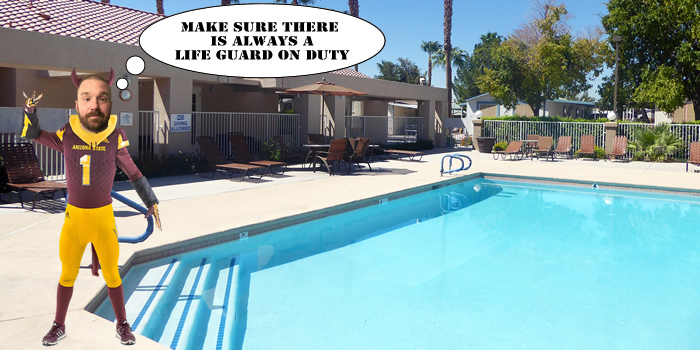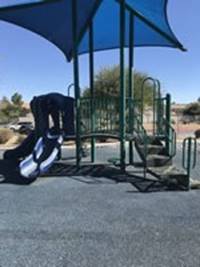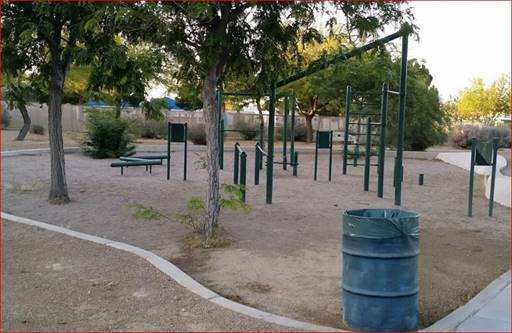Water Safety Tips for Families

Drowning is the second leading cause of death for children from 1 year old to 14 years of age, the majority of which are between the ages of 1 and 3, and they can drown in as little as 1 to 2 inches of standing water. (Robertson, 2016, Pg. 141, 142), so water safety for families is of the utmost importance. The different types of bodies of water have different hazards, but all should be closely supervised.
1. NEVER SWIM ALONE- No child should never swim alone, regardless of their ability and motor skill development. It unsafe for many reasons, most of all there is no one present to help if the unexpected happens, including but not limited to, being knocked unconscious, level of ability or unsafe conditions. “Their job is also to watch the water and advise swimmers on any safety concerns and questionable conditions that might arise. They are also trained to respond quickly when something happens.” (TGRYMCA. (2019).
2. DON’T PLAY BREATH HOLDING GAMES - Playing games where the goal is to hold your breath the longest should NEVER be played in the water. Playing this game out of the water has its own risks and dangers, but in the water makes those perils fatal. Holding your breath for as long as you can under water is the same as simulating a drowning scenario, and causes the brain to get less oxygen. “Surviving a drowning can leave someone with severe brain damage — 5%-10% of childhood drowning cases result in long-term disability, such as persistent vegetative state or quadriplegia (the loss of use of all four limbs and torso).” (Kids Health from Numbers (2019).
3. Enter the Water Feet First -
Horrible head and neck injuries can happen if a child jumps into water without knowing the depth or contents of a body of water, as well as ingesting water through your mouth or nose and irritating your eyes. This could disorient you and lead to further problems. This rule also encompasses water slides and adventure rides at theme parks. “Improper use of pool slides presents the same danger as improper diving techniques. Never slide down head-first; slide down feet-first only.” (Family Education. (2019)).
4. Always Wear a Life Vest -
Young children or inexperienced swimmers should always wear a Coast Guard-certified life jacket around water. There are plenty of products on the market claiming to help children stay afloat, such as water wings, floaties, pool noodles, etc., but these are not a substitute for life preservers or lifesaving devices in a genuine emergency. Use these products only when a parent or trustworthy adult is within arm's length of the child using them.
Also, remember a life jacket or other flotation device should never be an excuse to ignore other water safety guidelines. Life jackets alone are not enough when it comes to staying safe around water.
5. Don’t Jump in the Water to Save a Friend -
If a child sees their friend struggling to keep their head above water, their first instinct may be to jump in to help. However, doing so could lead to both people drowning. The Y’s Safety Around Water program recommends the “reach, throw, don’t go” technique, which involves using a long object to pull a struggling swimmer to safety. By using this technique, children can help their friend without putting themselves at risk.
6. Learn CPR: While we hope your family will follow all these guidelines and stay safe in the water, the unfortunate truth is that accidents happen. If a drowning incident or pool-related accident occurs, bystanders are typically the first available to react and respond. As a parent supervising children, it's critical for you to be familiar with lifesaving techniques, including CPR for children and adults. Knowing how to perform CPR can be the difference between life and death. Get your CPR certification — and keep it up to date — through the American Red Cross, your local hospital or other community organizations.
|









